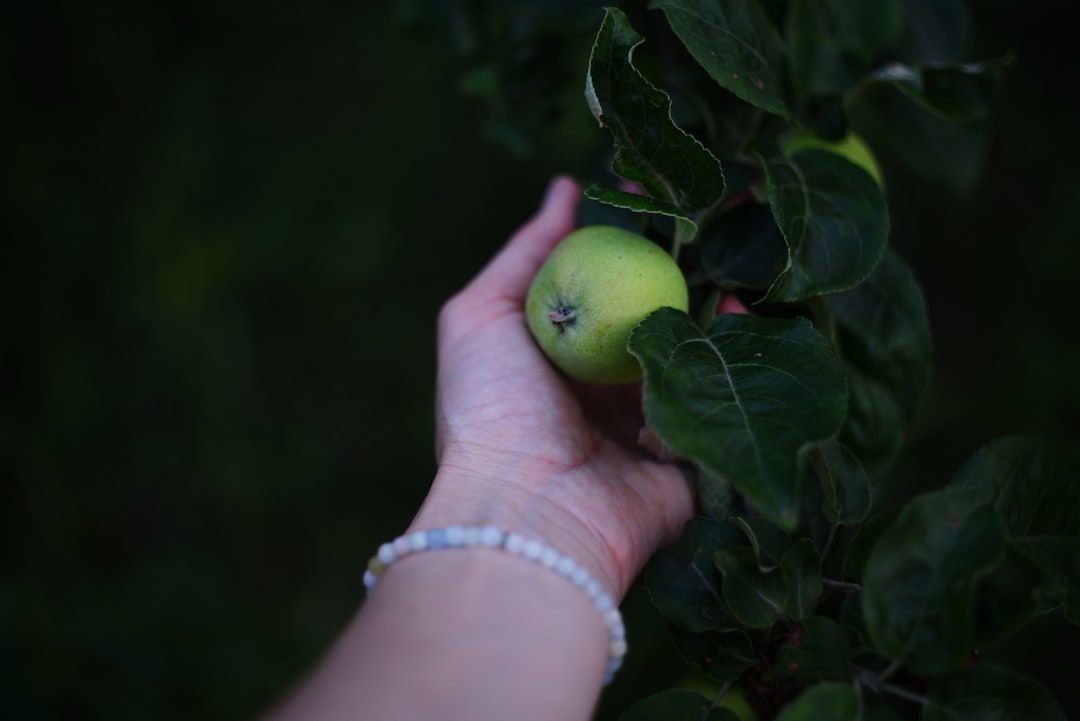Embarking on the journey of indoor tomato gardening is an exciting venture that offers a plethora of rewards. Not only does it allow you to enjoy fresh, home - grown tomatoes year - round, but it also provides a therapeutic and engaging activity. In this guide, we will explore the essential tips and techniques to ensure a successful indoor tomato growing experience.
### Selecting the Right Tomato Varieties
The first step in growing tomatoes indoors is choosing the appropriate varieties. Dwarf or determinate varieties are ideal for indoor cultivation as they have a more compact growth habit. Cherry tomatoes, such as 'Tiny Tim' and 'Micro Tom', are popular choices. These varieties typically grow to a manageable size and produce an abundance of small, sweet tomatoes. Another option is the 'Patio Princess', which is known for its disease resistance and high yield in limited spaces.
### Providing Adequate Lighting
Tomatoes are sun - loving plants, and when grown indoors, they need a sufficient amount of light to thrive. Natural sunlight is the best option, but if you don't have a south - facing window that receives at least 6 - 8 hours of direct sunlight per day, you'll need to supplement with artificial lighting. LED grow lights are a great choice as they are energy - efficient and can be adjusted to provide the right spectrum of light for different growth stages. Place the lights about 6 - 12 inches above the plants and keep them on for 14 - 16 hours a day.
### Choosing the Right Containers
Selecting the proper containers is crucial for the health of your indoor tomato plants. The containers should be at least 12 - 18 inches deep and wide to allow for proper root development. Make sure the containers have drainage holes to prevent waterlogging, which can lead to root rot. You can use plastic, ceramic, or fabric pots, but ensure they are clean before planting. Line the bottom of the container with a layer of gravel or broken pottery to improve drainage.
### Using the Right Soil
Tomatoes require well - draining, nutrient - rich soil. A good potting mix for indoor tomatoes should contain a blend of peat moss, perlite, and vermiculite. You can also add some compost or well - rotted manure to enrich the soil with organic matter. Avoid using garden soil as it may contain pests, diseases, and weed seeds. Fill the container with the potting mix, leaving about an inch of space at the top for watering.
### Watering and Fertilizing
Watering is a delicate balance when growing tomatoes indoors. Overwatering can cause root problems, while underwatering can lead to stunted growth. Check the soil moisture regularly by sticking your finger about an inch into the soil. If it feels dry, it's time to water. Water the plants thoroughly until water drains out of the bottom of the container. As for fertilizing, use a balanced, water - soluble fertilizer every 2 - 3 weeks during the growing season. You can also use a slow - release fertilizer at the time of planting.
### Pruning and Training
Pruning your indoor tomato plants helps to improve air circulation, reduce the risk of diseases, and direct the plant's energy towards fruit production. Remove the suckers, which are the small shoots that grow in the axils between the main stem and the branches. You can also train the plants to grow on a trellis or stake to keep them upright and save space. Use soft ties to attach the plants to the support structure.
### Pollination
Indoor tomatoes may need some help with pollination since there are no natural pollinators like bees. You can gently shake the plants every few days to help the pollen transfer from the male to the female parts of the flower. Another method is to use a small paintbrush to transfer the pollen manually. This simple step can significantly increase the fruit set.
### Pest and Disease Management
Keep an eye out for common pests such as aphids, whiteflies, and spider mites. You can use insecticidal soap or neem oil to control these pests. To prevent diseases, ensure good air circulation around the plants, avoid getting water on the leaves when watering, and remove any diseased leaves immediately. If a plant is severely infected, it may be necessary to remove it to prevent the spread of the disease.
### Harvesting
Once your tomatoes start to turn color, they are almost ready to harvest. The exact time will depend on the variety, but most tomatoes are ready when they are fully colored and slightly soft to the touch. Use a pair of scissors or pruning shears to cut the tomatoes from the vine. Enjoy the fruits of your labor in salads, sauces, or simply eat them fresh.
In conclusion, growing tomatoes indoors can be a fulfilling and productive endeavor. By following these tips, you can create a thriving indoor tomato garden and enjoy delicious, home - grown tomatoes throughout the year.

